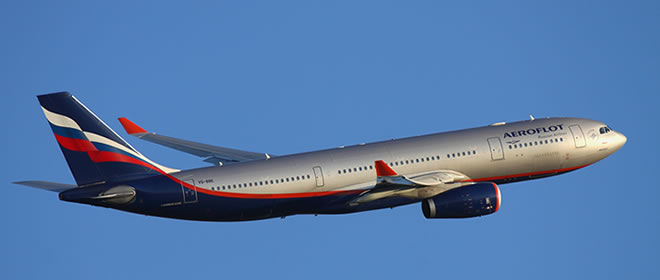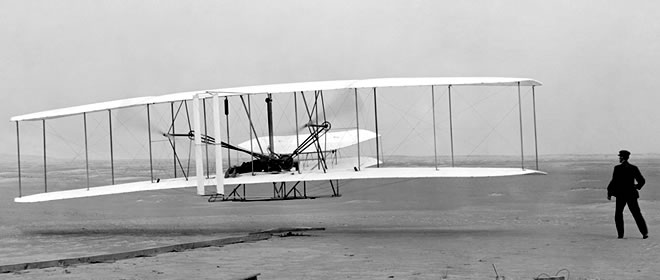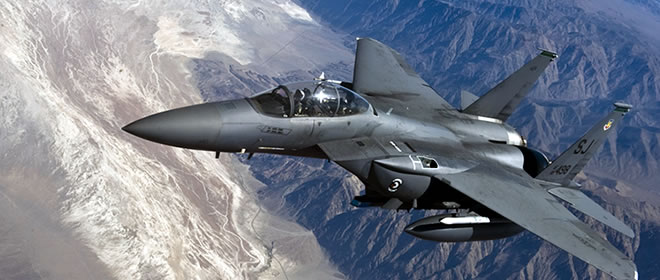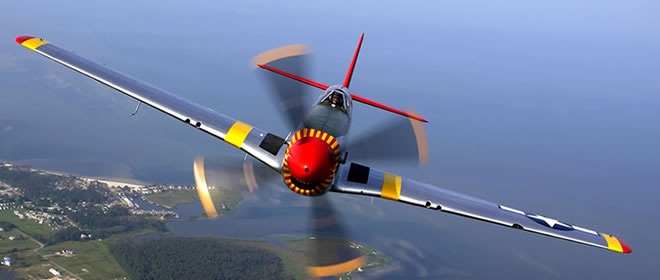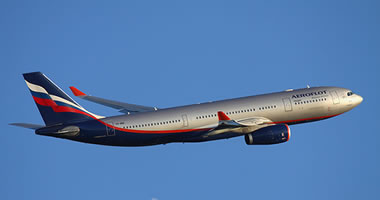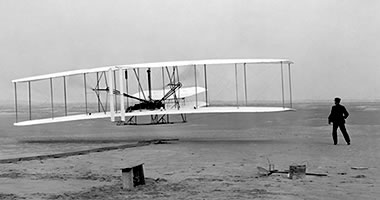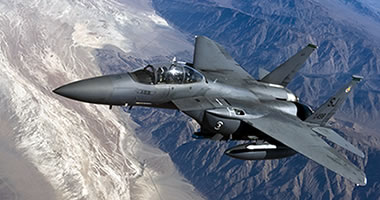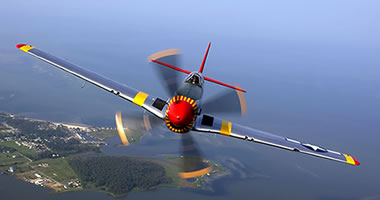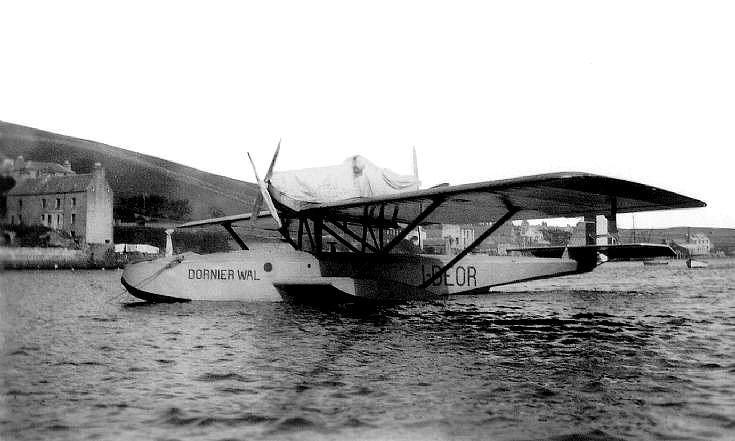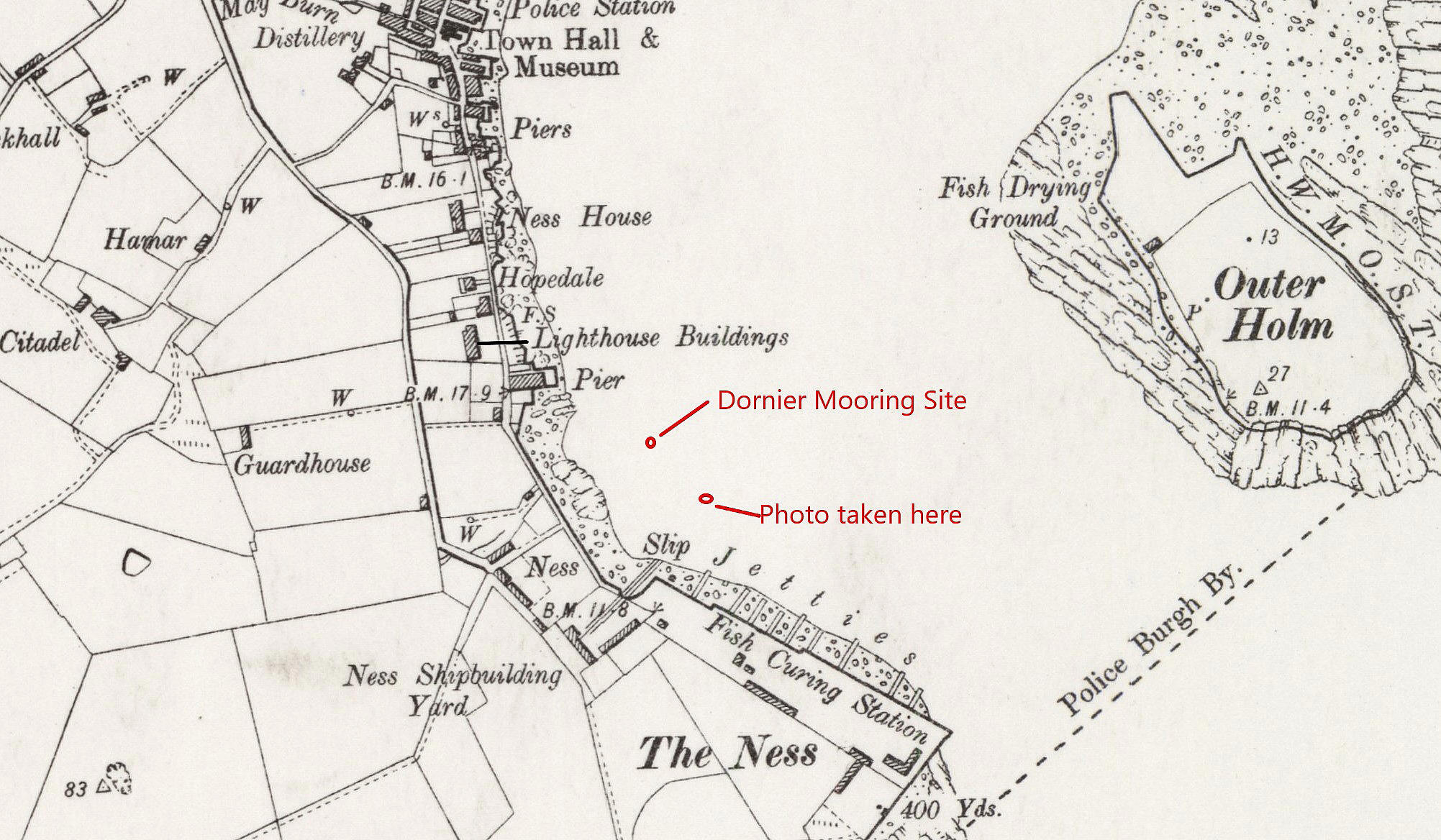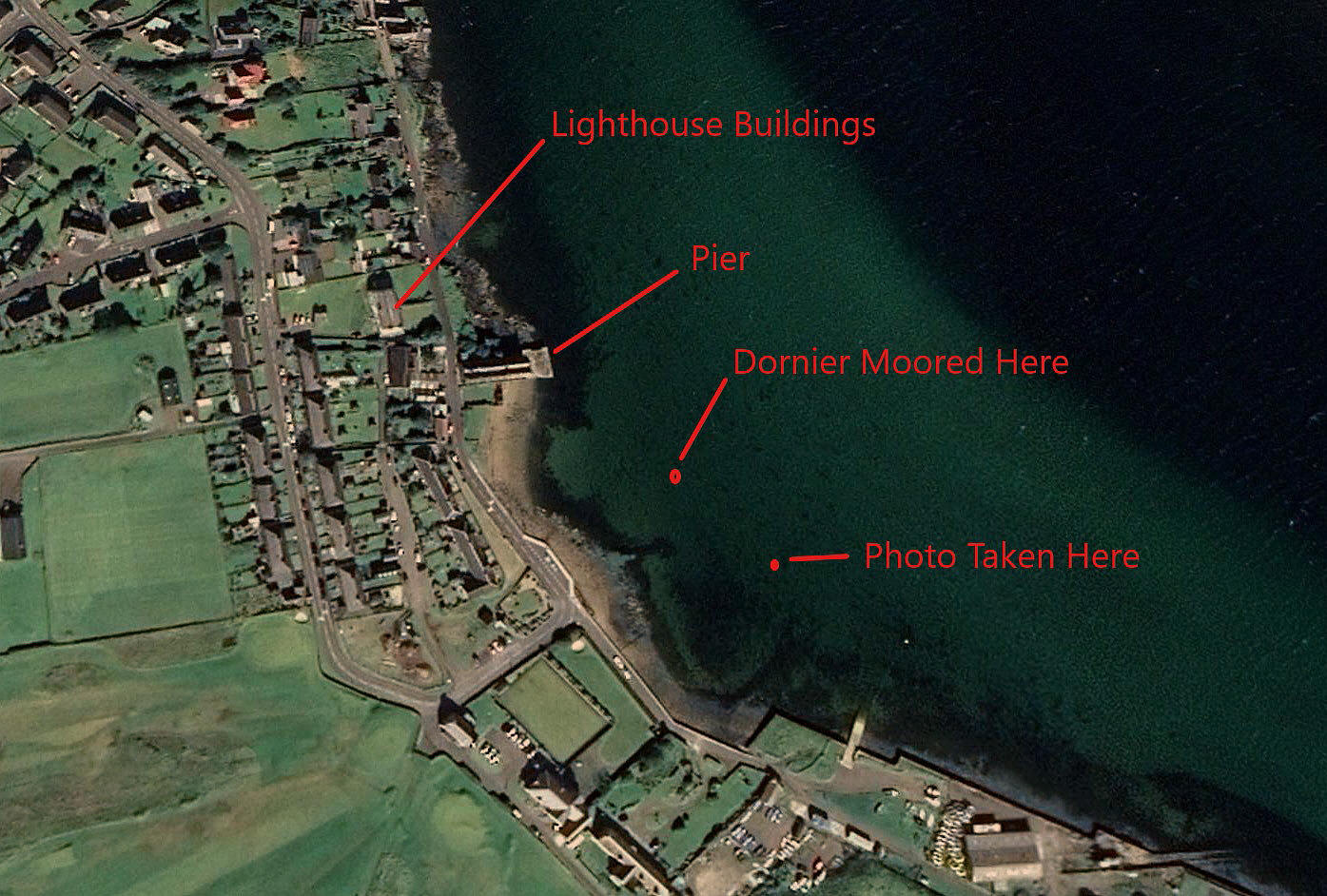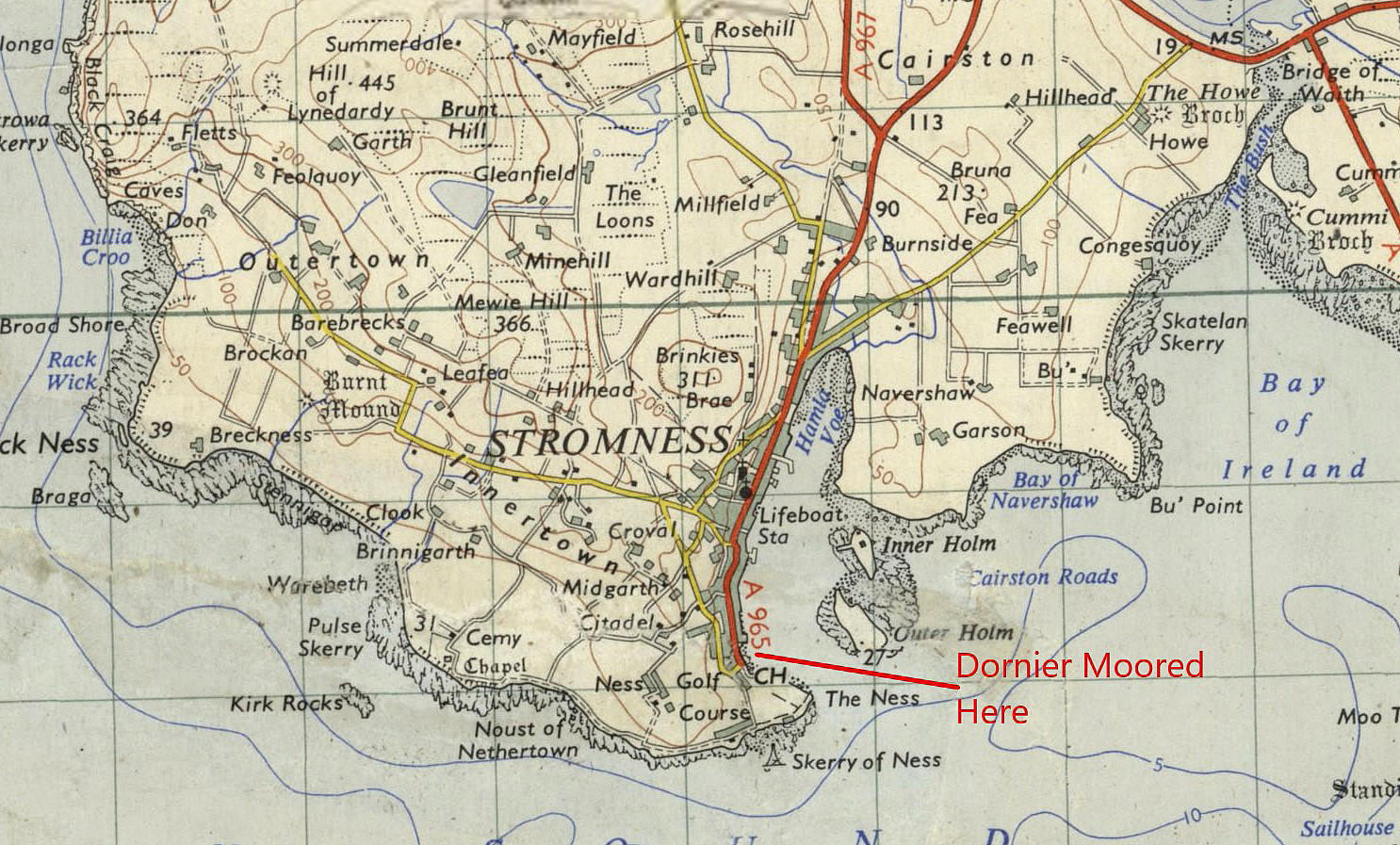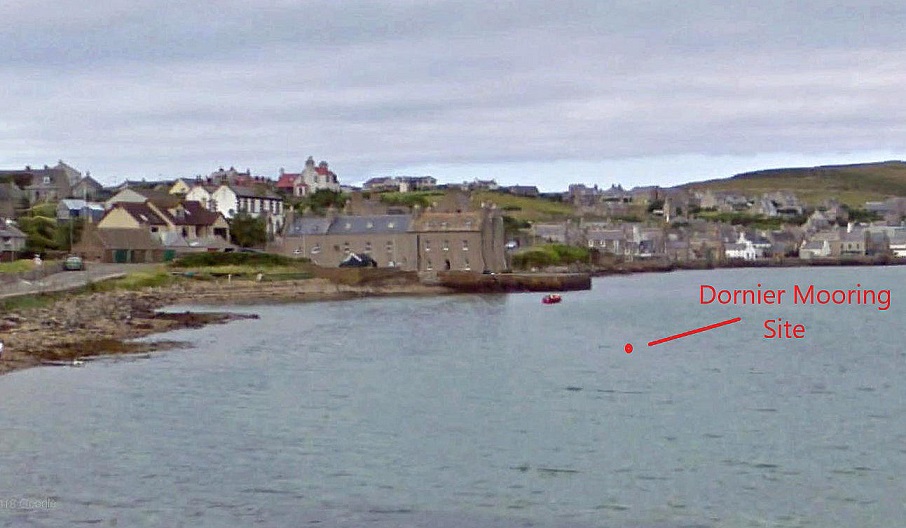Stromness harbour
STROMNESS HARBOUR: Temporary landing site
Note: These maps and pictures were kindly provided by Mr Michael T Holder
NOTES: I have to thank Mike Holder, a great friend of this 'Guide' for discovering this. I had no idea about it happening. Unfortunately one of the accounts available is it appears, quite frankly, utter rubbish by and large, although seeming to contain quite a bit of detail which could well be accurate. What you see here is an attempt to provide a short account, explaining why the Dornier was here.
The most obvious point being - what was this all about? It appears that this was to be an Italian attempt to fly around the world, but with no back-up in those days, this is very hard to believe? Even deciding to race the Americans across the Atlantic without any support was foolhardy in the extreme. Plus of course the Dornier was a pure flying boat. The American Douglas World Cruisers could, and were, easily converted to use both wheels and floats.
Clearly the Americans with their Douglas World Cruisers were well on their way in 1924 to completing the first ever flight around the world, with around 20,000 miles already flown. Departing from BAY of HOUTON, (see seperate entry), three of the four remained for the last major sector - the first stage of which was, of course - crossing the North Atlantic. And for this the U.S. Navy had arranged for several ships to assist.
It appears that for some reason an Italian plot was concocted, by Antonio Locatelli, a major in the Regia Aeronautica, to race the Americans over this last stage. He was quite a figure in Italy at that time and very well connected. Apparently heavily involved in Italian politics.
It was decided that only the very finest aircraft in the world could represent Italy. That being the German Dornier J Wal, although built in Italy at the Marina di Pisa it appears, and powered by two Rolls Royce Eagle engines. Flying from Italy, they decided to embark on the Atlantic crossing, with no support, just a few miles NW of the Americans at BAY of HOUTON.
According to which account you read, the Dornier either had three crew or five. Even names are quoted.
But it appears, they had made contact with the Americans, and this undoubtably saved their lives. It seems they made a forced landing due to sea fog, before reaching Greenland, and the Dornier was damaged. After four days afloat they were rescued by U.S. Navy ship 'Richmond' off the coast of Icleland. Or 120 miles short of Greenland.
Just for a bit of fun, and possibly interesting (?) the information available is not very helpful. The shortest distance from Iceland to Greenland is only 200 miles or so. However, the Americans left Reykavik in Icleand to to fly to Fredricksdal, (now Narsaq Kujalleg), in southern Greenland - a distance of 735 miles. Without any doubt flying directly as this was the only sensible option. And, for quite a while, Greenland would have been, very roughly, around 100 to 200 miles away, always getting closer towards their destination.
I only mention this simply because so much information involving aviation history is sadly lacking in worthwhile detail. If only more writers bothered to look at a decent map! So, saying that Locatelli came within 120 miles of Greenland is verging on meaningless - whereas 120 miles short of Fredricksdal after leaving Reykavik provides a much better idea of where they came down. Assuming of course, that this info is correct?!?
We'd love to hear from you, so please scroll down to leave a comment!
Leave a comment ...
Copyright (c) UK Airfield Guide
